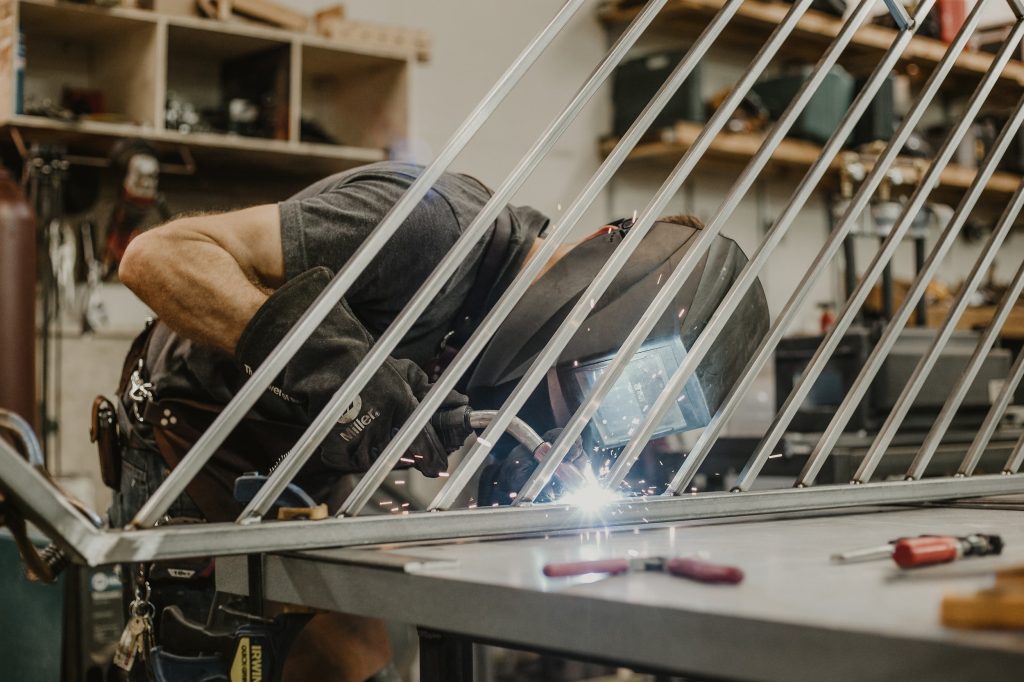Welding design and fabrication is an intricate part of the manufacturing industry that involves joining two or more pieces of metal together through fusion. It is a highly technical and specialized field that requires skill and precision to produce high-quality welding products. In this blog post, we shall dive deeper into the world of welding design and fabrication, covering all there is to know about the process and its various applications.
Types of Welding Processes: There are many types of welding processes utilized in welding design and fabrication. Each process comes with its unique advantages and limitations, and the choice of a welding process depends on the application and the desired outcome. The most common types of welding processes include TIG welding, MIG welding, Stick welding, and Flux-cored arc welding. TIG welding is ideal for welding thin materials, whereas MIG welding is used for welding thicker pieces of metal. Stick welding is perfect for welding outdoors, and Flux-cored arc welding is suitable for welding heavy materials.
Materials Used in Welding Fabrication: Welding fabrication involves working with different types of materials such as aluminum, steel, and stainless steel. Each material has its unique properties, and the choice of material depends on the application and the desired outcome. For instance, aluminum is light, strong, and corrosion-resistant, making it ideal for applications where weight is a concern. Steel, on the other hand, is strong, durable, and affordable, making it ideal for structural applications.
Welding Design: Welding design plays a crucial role in welding fabrication, and it is a critical factor in determining the quality and functionality of the welding product. The welding design involves creating a blueprint of the product and determining the correct welding parameters, such as welding technique, filler metal, and gas shielding. It is essential to take into consideration the loading conditions and the environment in which the product will be used.
Quality Control: Quality control is an essential aspect of welding design and fabrication. It ensures that the welding products meet the required standards and are fit for purpose. Quality control involves inspecting the welding products at various stages of production, such as during fabrication and after welding, to ensure that they meet the necessary specifications. It also involves testing the welding products for functionality, durability, and safety.
Welding Standards: Welding design and fabrication are subject to different welding standards, such as the American Welding Society (AWS), European Welding Federation (EWF), and International Organization for Standardization (ISO). The welding standards ensure that the welding products meet the necessary quality and safety requirements. Compliance with welding standards is essential for manufacturers looking to export their products globally.
Conclusion:
Welding design and fabrication is a complex and specialized field that requires skill and precision to produce high-quality welding products. It involves various welding processes, materials, and quality control procedures, each playing a crucial role in producing a functional and safe welding product. By understanding the various aspects of welding design and fabrication discussed in this blog post, you are better equipped to make informed decisions when it comes to choosing the right welding process, material, and design for your desired application.

